Introduction to BIPV Solar Panels
Building-integrated photovoltaics (BIPV) are solar panels designed to replace conventional building materials in parts of the building envelope such as the roof, skylights, or facades. BIPV systems not only serve as a power-generating solution but also contribute to the aesthetic and functional aspects of architectural design.
Types and Applications
BIPV technology comes in various forms, including BIPV roofing tiles, BIPV glass, and flexible BIPV modules. These can be integrated into residential, commercial, and industrial structures, providing a seamless blend of solar technology with building architecture. The applications of BIPV are diverse, ranging from urban skyscrapers to suburban homes, where the integration of photovoltaics adds both energy-producing and aesthetic value.
Features and Materials
The photovoltaic materials used in BIPV systems include monocrystalline silicon, polycrystalline silicon, and thin-film solar cells, each with unique features catering to different structural requirements. BIPV products are known for their durability and ability to provide thermal insulation and noise reduction, alongside renewable energy generation. Advanced features may include solar power inverters and energy storage systems to enhance the functionality of BIPV installations.
Advantages of BIPV Systems
BIPV systems offer several advantages, such as energy savings, reduced carbon footprint, and architectural versatility. They are particularly beneficial in urban environments where they contribute to the creation of sustainable buildings. The integration of solar energy technology with building infrastructure also opens up possibilities for innovative design, allowing architects to explore new aesthetic dimensions without compromising on energy efficiency.
Considerations for BIPV Integration
When considering BIPV, it is essential to evaluate the solar exposure and energy requirements of the building. The orientation and inclination of BIPV elements are crucial for maximizing energy production. Additionally, the structural integrity of the building must be assessed to ensure it can support the BIPV system. It is also important to consider local weather conditions and potential shading from surrounding structures.
Choosing the Right BIPV Solution
Selecting the appropriate BIPV solution requires a thorough understanding of the building's design and energy goals. It is important to consult with experienced professionals who can provide insights into the most suitable BIPV products for a particular project. While Alibaba.com does not endorse specific brands or products, the platform offers a vast selection of BIPV solutions to cater to diverse architectural needs.
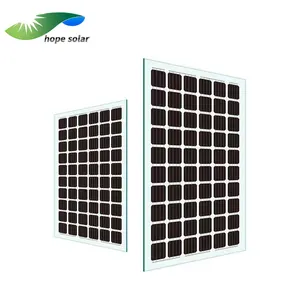




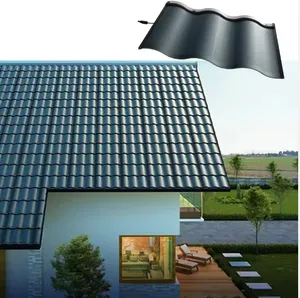







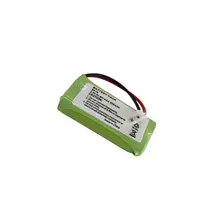

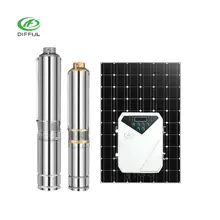

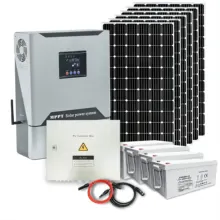


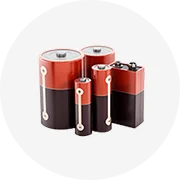
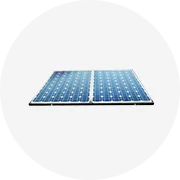
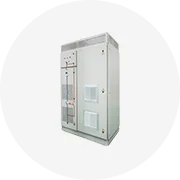
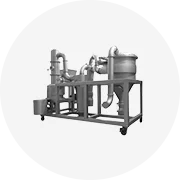

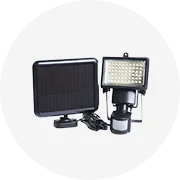
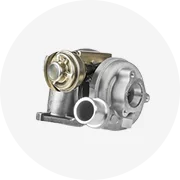
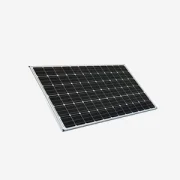








 浙公网安备 33010002000092号
浙公网安备 33010002000092号 浙B2-20120091-4
浙B2-20120091-4